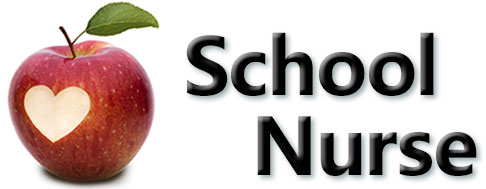Information about Lice!

Lice can happen to anyone. Personal hygiene & home cleanliness has nothing to do with who gets head lice. It is typically seen in kids due frequent head to head contact. Lice do not carry any diseases. The nurse would appreciate being informed if your student has lice in order to track if there are multiple cases. The nurse will keep student names confidential.
Signs & symptoms:
Your student may start itching their head, state that they feel like something is moving in their hair or complain about itching or irritation of the skin on the back of their neck below the hair line.
What am I looking for?
Parents are encouraged to check their student's hair periodically and also, if their student is symptomatic. Nits (lice eggs) look like sesame seeds but are smaller. They stick to shafts of hair and are unable to be easily removed from the strand of hair. Live lice are brown in color, tiny & move very fast.
What should I do if I find lice (live or nits) on my student's head?
Treatment should be started immediately. There are multiple products that can be purchased from a local pharmacy as well as non-toxic options found on the internet. We recommend speaking with your pediatrician to discuss the best treatment option for your student. Daily combing of each section of hair for a minimum of a week to rid of all nits is the best way to ensure complete eradication of lice.
Fact about lice:
They cannot jump, fly or hop to another person. Their goal is to stay on the head where they presently live & to multiply. They cannot live without a human host. If even one nit remains on the head, lice can continue to hatch. Lice do not like the scent of tea tree oil. There are multiple hair care products on the market with tea tree oil in them that can be useful in repelling lice. Tea tree oil can be purchased and added to current shampoos & conditioners.
Feel free to contact the nurse if you have any questions.
|